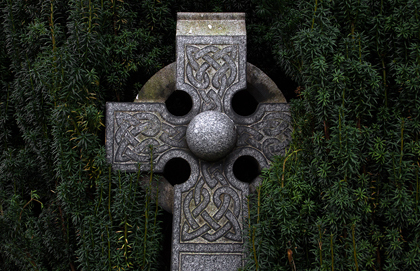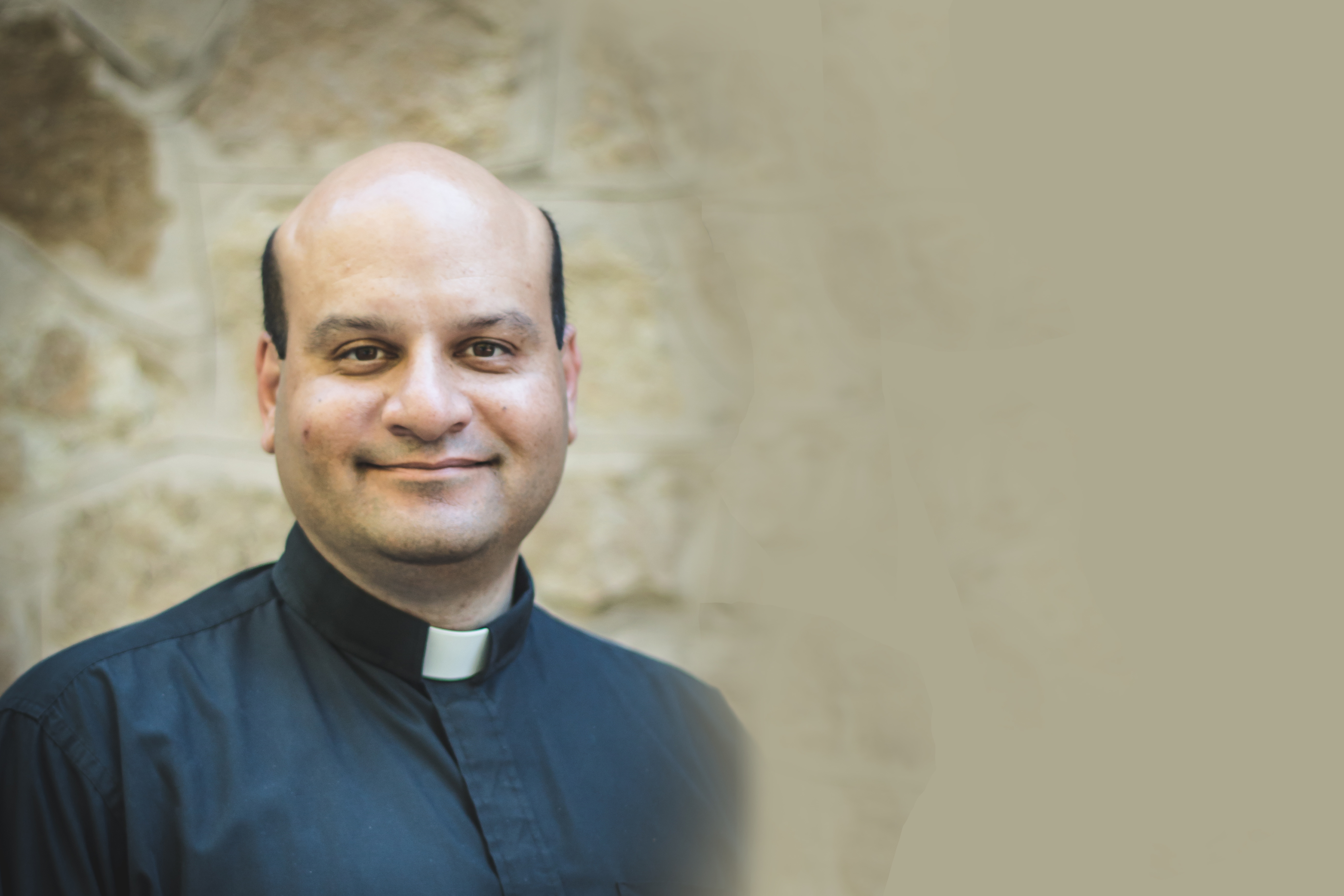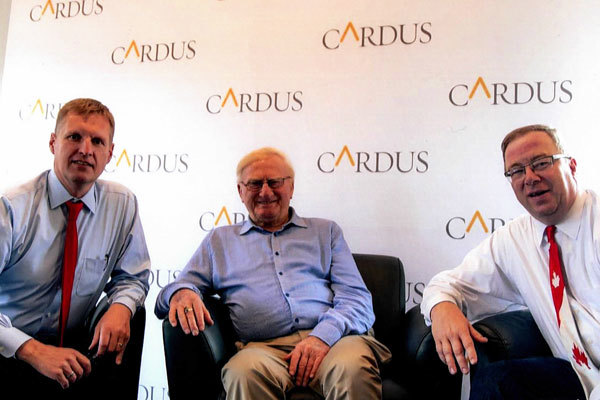This Easter will look different at the Church of the Holy Sepulchre in Jerusalem, the large church built over both the place of Jesus’ crucifixion and burial. Last month, the recent restoration of the Edicule – the chapel built over the burial place of Christ and locus of the Resurrection – was completed. It was the first significant restoration work since 1810.
The structure had become unstable during the period of the British Mandate in Palestine. In 1947, just before their authority expired, the British erected steel girders around the Edicule to prevent it from collapsing. For 70 years, the most important pilgrim site for Christians looked like a ramshackle construction site.
The blackened Edicule has now been restored to its original cream and rose colouring, almost luminous in what remains a dark church. The ugly girders are gone, having rendered their necessary service for seven decades.
All of which makes the church modestly more beautiful – and less embarrassing – to visit. Regardless, though, of the structural soundness of the Edicule, what remains remarkable is that is built to mark an absence. There is nothing inside.
As the angel said that first Easter morning: “He is not here.”
The only lasting place mortal man has on this earth is the grave. We speak of the abundant resources of the planet as our common home, but the earth only provides for our life for some decades. For the longest part, what the earth gives to us is a burial place. It is more a cemetery for the dead than a home for the living.
So we have busily set about making our common cemetery decorous. We make the headstones. We landscape the grounds. We mark the graves: “Here lies….”
The Edicule in Jerusalem marks what used to be a grave, but has long ceased to be: “Here He does not lie…”
For those great personages whose lives are remembered beyond the circle of their own relatives, we fashion more impressive monuments, memorials that in time are themselves forgotten. Yet what is inside remains relentlessly egalitarian. Decomposing corpses are more similar than different, no matter the previous station in life.
The formative event of the Chosen People is the Exodus, when Moses led the Jews out of slavery in Egypt by the signs and wonders of the Lord God. By the time of Jesus, did the Jews still carry with them the handed-down memory of the tombs of the Pharaohs? Were there stories told about the great tombs built, the architecture so advanced that even today it remains a mystery of how they were built?
Ancient Egypt was wise. Its people knew that all that really lasts is the tomb, so they set about building grand tombs stuffed full of all that a dead man awaiting life could possibly need.
What Egypt did not – could not – realize, was that what man really needed was not a better tomb, but to leave the tomb altogether. When Israel came up out of Egypt, did they realize that the pilgrimage of salvation history is away from the massive tombs of the pyramids toward the empty tomb of Calvary?
The archaeologists who worked on the restoration of the Edicule removed, at one point, the marble slab covering the burial site itself. It was a rare time in archaeology where the expectation was to find nothing. There was fill material and other detritus of the ages, but nothing of Jesus.
Everything rather depends upon that, as St. Paul insisted: “And if Christ be not risen, then is our preaching vain, and your faith is also vain.”
The alternative to the empty tomb is to return to the busy work of grave building, the proper task of man absent the Resurrection. The Edicule is the reminder that man was created for life, not to spend his life building graves.
About the Incarnation we are accustomed to say that the eternal Son of the Father became a man like us in all things but sin. In His passion and death, He who had no sin was made sin, as it were, for our sake. Yet He was not touched by sin, and so had no need of what we need, the resting place of the grave.
He descended to the grave, but life cannot remain there, any more than a corpse belongs among the living. So the one who came to be present with us gives us the gift of a great absence, the empty tomb. It is the presence (absence?) already given in history of that day when all the tombs shall be empty.
We were not made for this world, and so the only enduring offer of this world – a grave, more or less comfortable, more or less grand – is not for us. We do not need what the world can enduringly give; we need rather, to not need that grave.
The Edicule marks the place where we began not to need it anymore.
A blessed Easter to all!
Convivium means living together. Would you join us in continuing to open and extend the conversation? Do you know someone who would enjoy this article? Send it to them now. Do you have a response to something we've published? Let us know!






